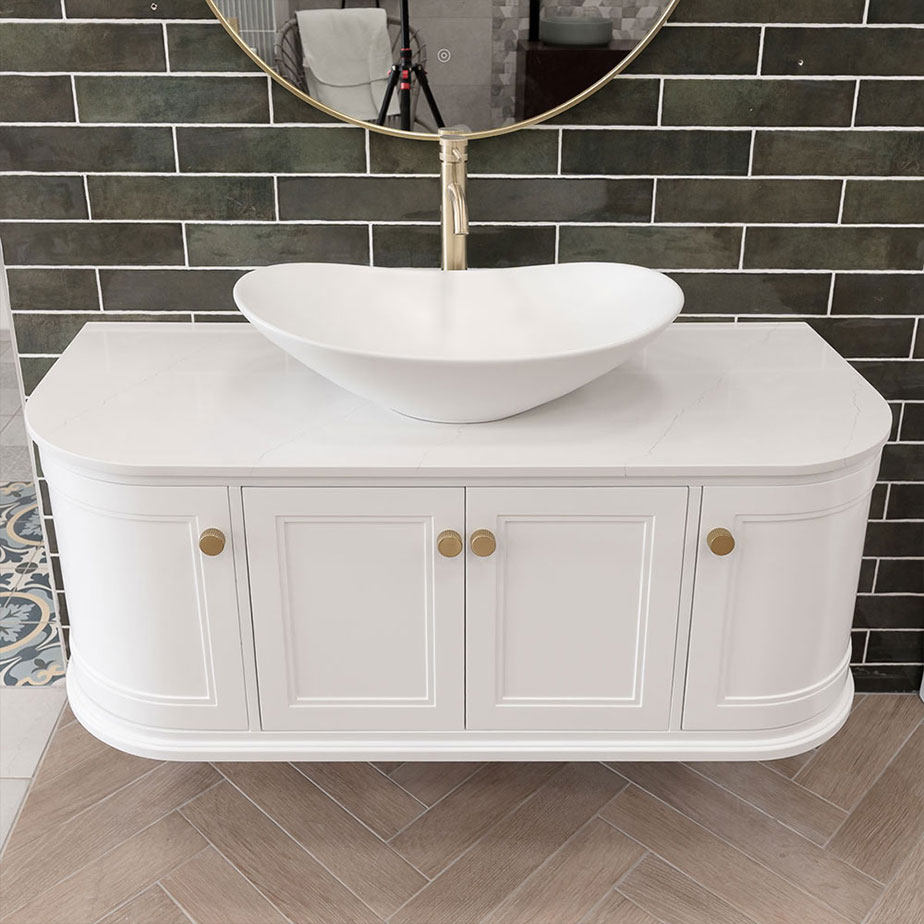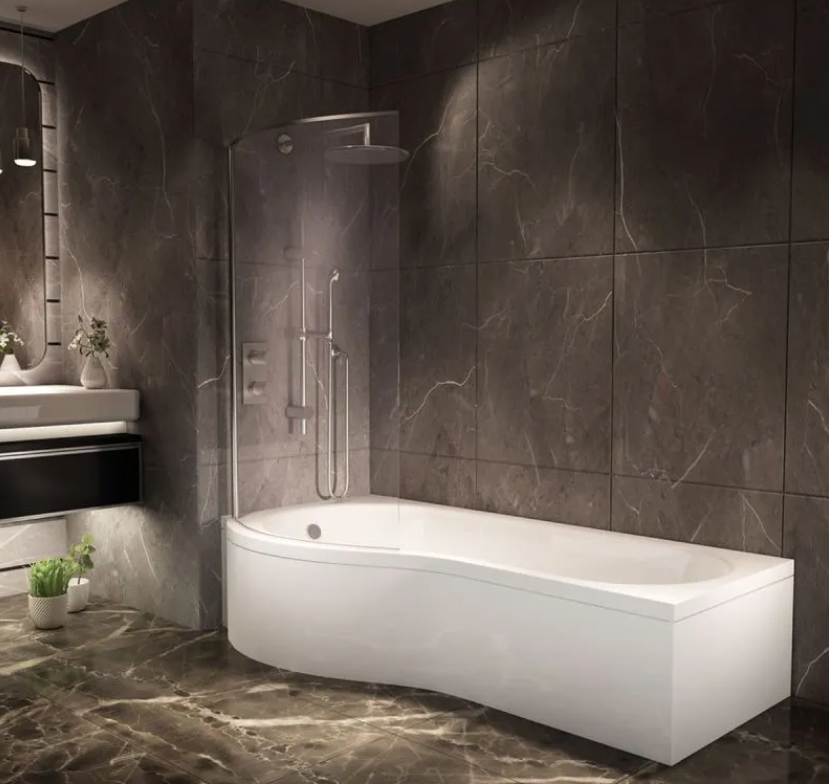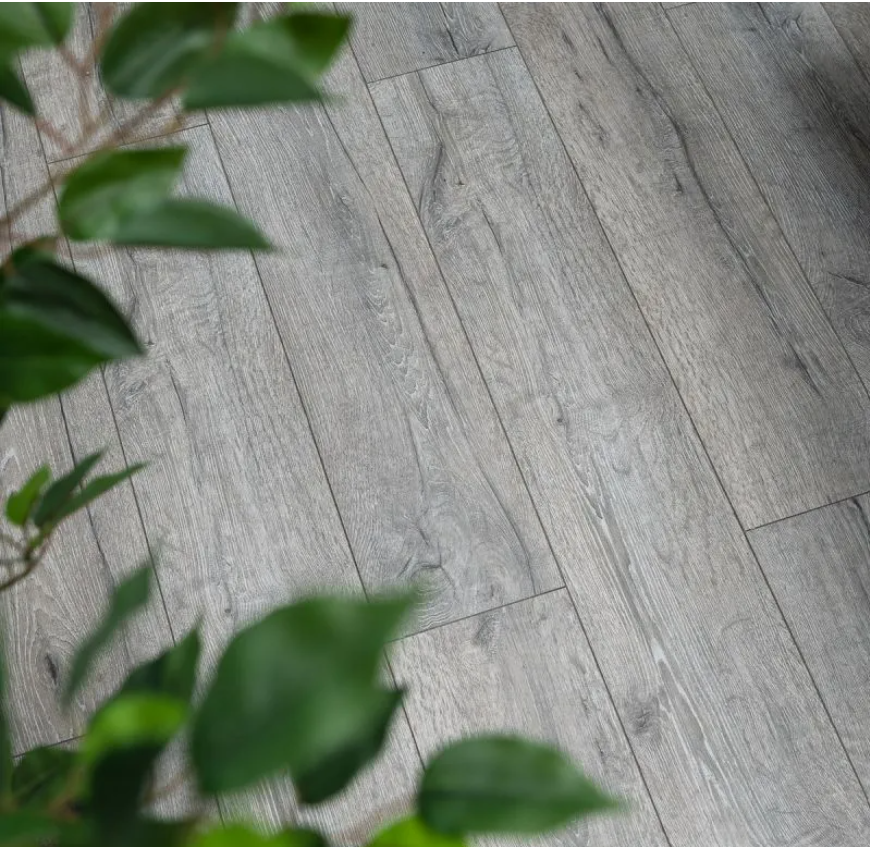How to bleed a radiator
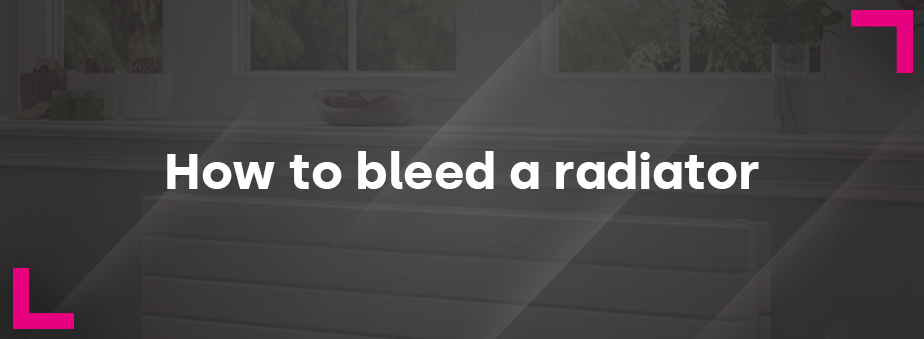
If you’ve ever turned the heating on at home and suddenly realised that the radiators aren’t actually heating up, or are cold at the top, then you’ll need to bleed them. All radiators will require this from time-to-time – and it’s a fairly straightforward process – so, it makes sense to know how to do it yourself.
With this in mind, if you want to make sure you know exactly what to do the next time one of your radiators plays up, read to the end of the blog to find out the key steps involved.
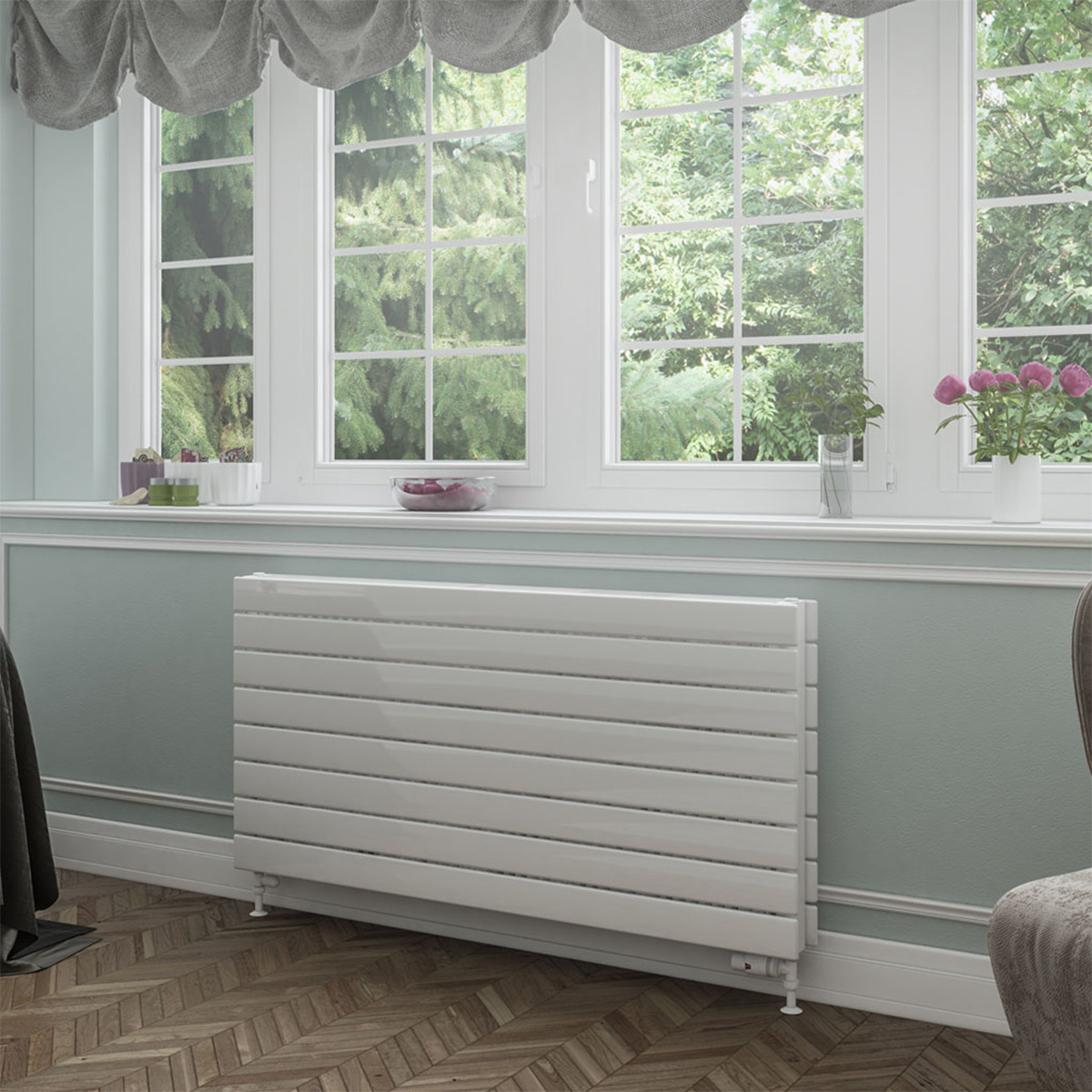
Radiators should be bled regularly to keep them in good working condition.
Step-by-step guide to bleeding radiators
Tools required
- Radiator key
- Old towel/s
- Cloth
- Container
*** Always make sure your heating is turned off before bleeding any radiators – and that they’re completely cold before starting work. ***
How to know if your radiator needs to be bled:
- If it’s cold at the top and warm at the bottom.
- If there are cold patches.
- If you hear strange sounds coming from the radiator e.g. gurgling sounds.
Step one
Check the heating is turned off at the mains and then locate the radiator valve (usually to the upper side of standard radiators), placing your towel on the floor underneath this.
Step two
Use your radiator key to turn the valve anticlockwise, until you hear a hissing sound, which is the air escaping.
NB Don’t open the valve all the way, as this could cause a large drop in the boiler pressure afterwards, which would then need to be fixed. Instead, do a quarter to half-turn at most.
Step three
Once the hissing stops and water starts coming out of the valve, place your container underneath to collect it.
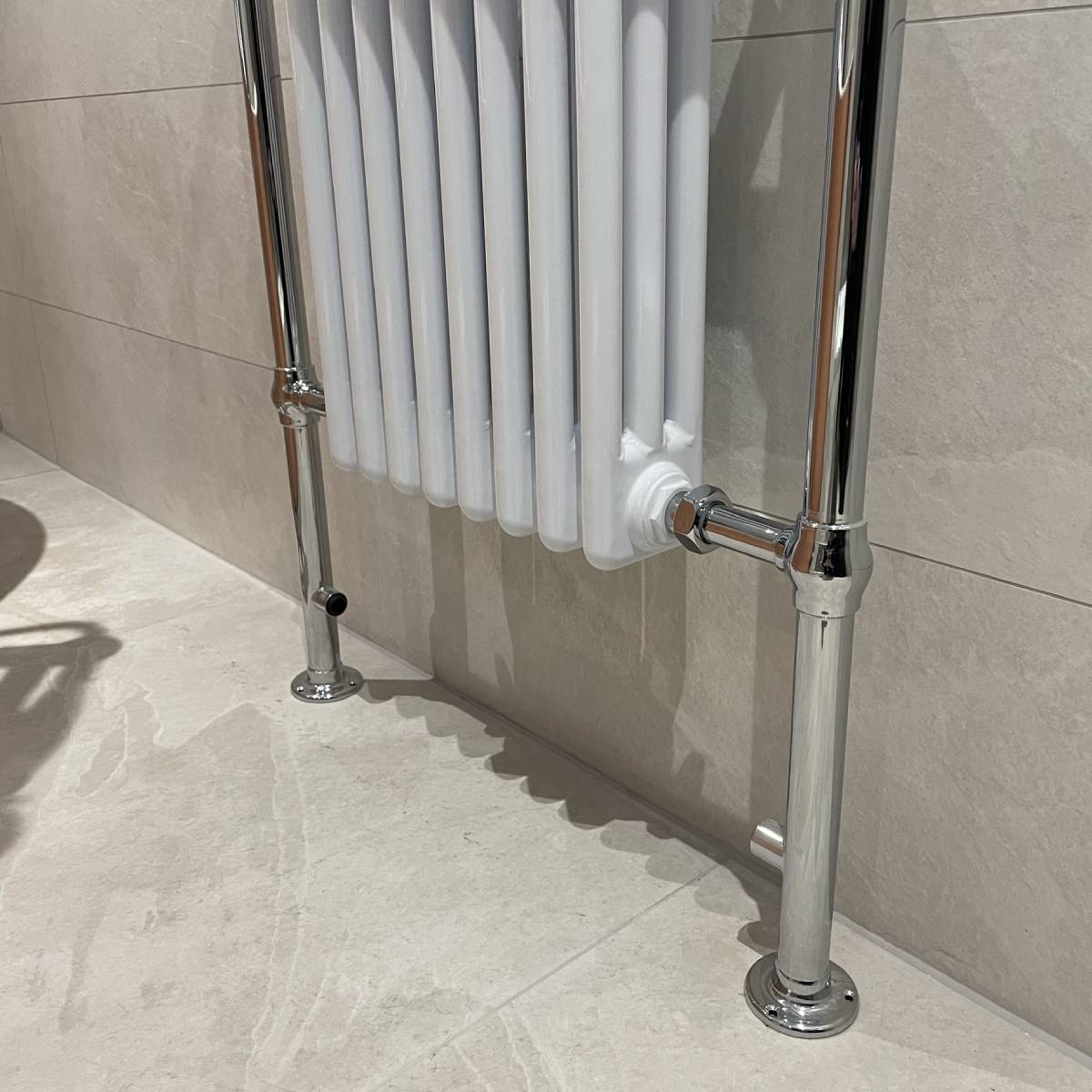
Place a towel underneath the radiator when bleeding it, to catch water coming out.
Step four
When the water stops running out of the radiator you can retighten and close the valve, screwing it clockwise back into place and sealing the radiator again. NB Don’t close it too tightly, as this could damage the valve.
You can use your spare cloth to clean any mess.
NB If your radiator still isn’t working after bleeding it, then it could be a boiler issue. Always check your boiler pressure after bleeding any radiators as well, in case it shows a pressure drop.
How often should you bleed radiators?
The general advice is to bleed radiators every few months, to keep them in good working condition – and following longer periods of inaction, such as after the summer months.
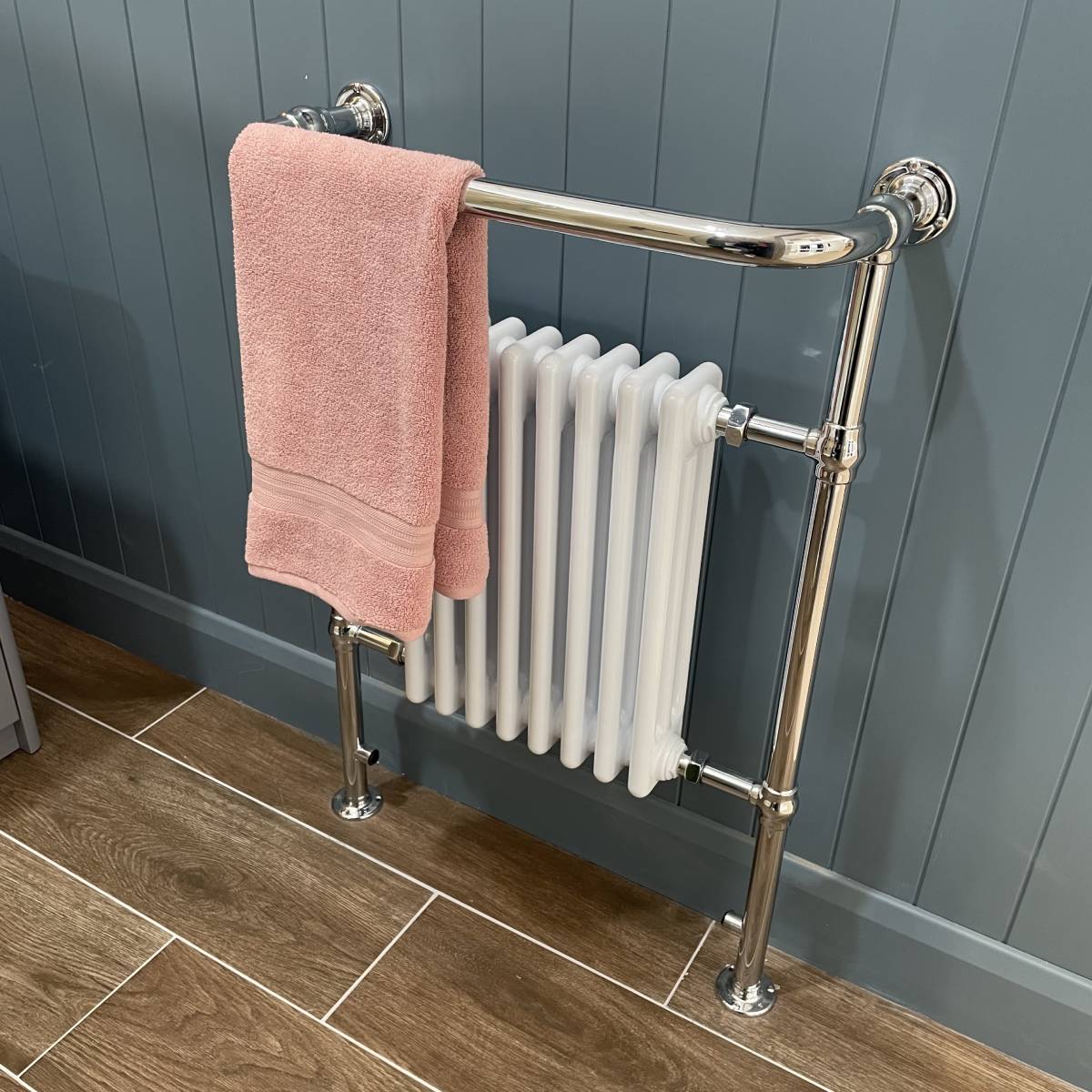
Find your perfect radiator style at Bathshack.
Replace your radiators at Bathshack
If you need new radiators for your home or are planning a renovation or self-build project, then you’ll find a wide range of radiator options at Bathshack. With a selection of sizes, styles and finishes – including vertical, column-style and designer radiators, as well as heated towel rails – we have lots to choose from.
We also supply heating accessories, such as radiator valves and thermostats, so every base is covered, for your convenience – with great-value prices guaranteed.
Check out our full range of radiators online at bathshack.com. Alternatively, if you have any queries, just email our team at info@bathshack.com, call us on (028) 9077 0188 or use our online chat.
